|
Keynote
speakers
Confirmed
Keynote Speakers
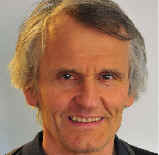 |
Professor
Jørgen Amdahl
Dept.
of Marine Technology, Norwegian
University of Science and Technology (NTNU),
Center for Autonomous Marine Operation and Systems (AMOS)
Academic
Profile: https://www.ntnu.edu/employees/jorgen.amdahl
Keynote
Lecture
Title: Impact
from ice floes and icebergs on ships in Polar regions
Abstract:
Oil activity, shipping and cruise traffic in Arctic regions
increase, partly sparked by global warming. This instigates
safety concerns with respect to environmental pollution,
fatalities and economic loss. With large distances to
infrastructure it may be challenging to assist in case of
critical events. Structural damage due to impacts from ice
floes and icebergs may become fatal if excessive flooding and
loss of stability occur. Ships and oil rigs operating in
permanent ice cover will need to be ice-strengthened.
Lightly ice-strengthened or non-ice strengthened structure may
operate close to the ice edge or may need to move into light
ice-conditions, e.g. during search and rescue operations.
Traditionally, the design against ice loads has been based on
ultimate limit state (ULS) principles; i.e. the structure shall
crush the ice with minor deformations. However, for extreme ice
events or for insufficient resistance, the structure may undergo
large permanent deformations. Such events must be dealt with in
the Accidental Limit State (ALS) format, which is not well
developed for ice loads. The presentation will review the
principles for ULS design and ALS design and show how they may
differ substantially. Material modeling of the ice for
nonlinear finite element analysis (NLFEA) of ice-structure
interaction is reviewed. Aspects of local and global shape
of the ice feature are discussed in view of external mechanics
(demand for energy dissipation) and internal mechanics (local
damage). Simplified methods for structural damage
assessment are reviewed for ice loads that may move both
transverse to and along the shell plating. Application examples
of the ALS principles will be presented.
|
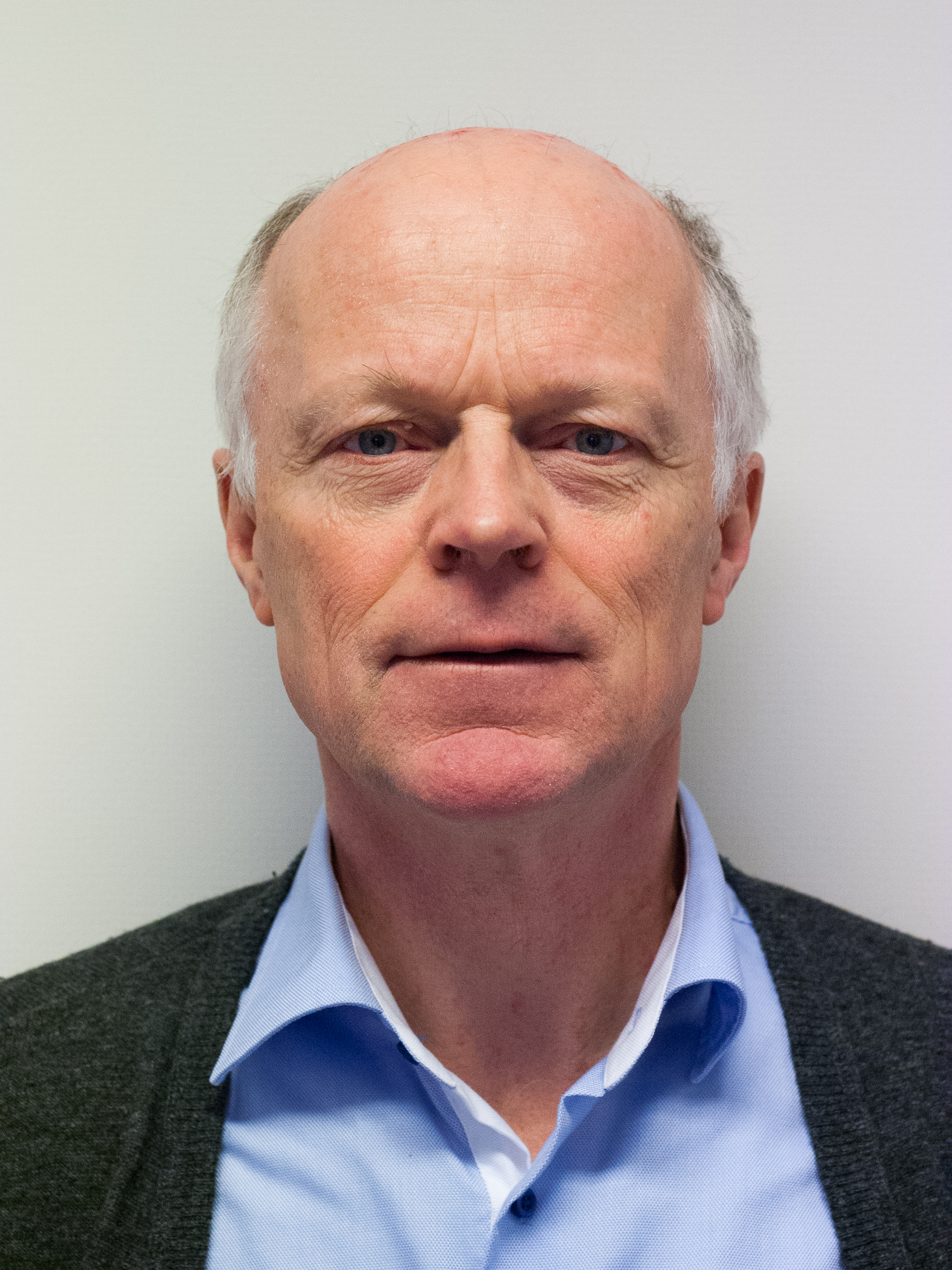 |
Arne
Dugstad
Chief
Scientist, Institute for Energy Technology (IFE)
Brief
Profile: Mr. Dugstad has been
working on corrosion problems in different types of materials
for industrial and offshore application. His major contribution
has been on internal corrosion of pipelines for oil and gas and
corrosion of armour wires in flexibles pipes. He has, together
with co-workers, produced publications and restricted reports
covering a wide range of problems including CO2 and H2S induced
corrosion, the protective ability of FeCO3 films, the influence
of small additions of alloying elements upon the corrosion rate
of carbon steels, corrosion protection by pH stabilisation and
inhibition, and regeneration/reclamation of monoethylene glycol.
Presently
he is responsible for the departments activities related to
corrosion of armour wires in flexible pipelines.
Keynote
Lecture
Title:
Transport
and injection of CO2
- technological challenges
Abastract:
Extensive Carbon Capture and Storage (CCS) will require
transport and injection of large quantities of liquid and
supercritical CO2.
The CO2
stream will contain impurities (i.e. H2O,
CH4, Ar, O2, SOx, NOx, H2S, CO)
that might affect the flow properties and the corrosion of
pipeline and tubing material. Several tentative CO2
specifications have been suggested in the literature, but due to
lack of data there are currently no commonly agreed
specifications for safe CO2
transport. The lack of data is reflected in the ISO standard for
CO2
transport (issued 2016) that does not recommend specific CO2
compositions, but states that “The most up to date
research should be consulted during pipeline design”.
The
paper discusses state of the art, current challenges and recent
research performed in the dense phase CO2
laboratory at IFE
|
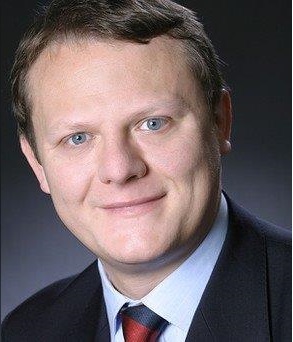 |
Prof.
dr. sc. Hrvoje Jasak, dipl. ing.
University
of Zagreb, Croatia; Mercator Fellow, TU Darmstadt, Germany 2016-2019
Academic
Profile: Numerical simulation methods (FVM and FEM), specifically Computational Fluid Dynamics,
Object-oriented design, expert C++ programmer, Unix/Linux, high-performance computing,
Numerical modelling of free surface flows, naval hydrodynamics and wave modelling,
Mathematical modelling of continuum phenomena and numerical mathematics (linear solver technology),
Dynamic mesh handling, error estimation, adaptive mesh refinement,
Modelling of complex heat and mass transfer systems
See
also: http://cfd.fsb.hr
Keynote
Lecture
Title:
Multi-Scale
Simulation of Extreme Wave Events
Abstract: CFD
simulations
of wave and current loading on off-shore objects may be the most
reliable source of extreme structural loading on off-shore
structures. Under
such conditions, experimental methods suffer from scaling law
limitations and full-scale data on actual loads are rarely, if
ever, available. On
the CFD modelling side, it is extremely hard to prescribe initial
conditions that correspond to highest structural load, as they
involve freak waves, non-linearity of the flow model, breaking
waves, green water and potential structural response, such as
springing and whipping of ships.
The
challenge in performing meaningful simulation of extreme loads
requires a multi-scale approach.
Here, the significant wave may be screened or manufactured
based on the analysis of extreme condition.
Once identified, the wave field needs to be reliably advected to
the structure and ultimately its interaction with the structure
needs to be captured.
In this presentation, a multi-scale approach to extreme wave loads
shall be presented, with the focus on computationally difficult
aspects, such as green water and compressibility in wave impact.
Practical simulations of extreme loads using OpenFOAM's
Naval Hydro Pack shall be shown as illustration of the
methodology.
|

|
Prof.
Dimitris
A. Saravanos
Applied
Mechanics, Materials and Biomechanics Section,
Dept.
of Mechanical Engineering & Aeronautics, University of
Patras, Greece, http://saam.mech.upatras.gr
Academic
Profile: Dr.
Saravanos is a Professor at the Dept. of Mechanical Engineering
& Aeronautics of the University of Patras. Prior to joining
the University of Patras, he worked as a Researcher in the
Structural Mechanics and Structural Dynamics Branches of the
Structures Division at the NASA Glenn Research Center in
Cleveland, Ohio. He holds a
Ph.D. in Mechanical Engineering from the Pennsylvania
State University, a Masters in Engineering from Stevens
Institute of Technology and a B.S. in Mechanical Engineering
from the National Technical University of Athens.
His
research interests are focused in the areas of structural
mechanics, structural dynamics, computational mechanics,
composite materials and structures, smart materials, adaptive
and morphing structures with emphasis on applications on wind
turbine rotors and aeronautics. He has received research
support from EU (frameworks 5, 6 and 7, Horizon2020), national
programs, NASA and EOARD/AFOSR in the fields of wind energy and
aeronautics/aerospace. He is an Associate Editor of Wind
Energy and the Journal of Aerospace Science and Technology, and
has served as Associate Editor in the J. of Intelligent
Materials, Systems and Structures.
See
also: https://scholar.google.gr/citations?user=U8ckEasAAAAJ&hl=en
Keynote
Lecture
Title:
Damping
in Composite Materials, Laminates and Wind Turbine Blade
Structures
Abstract:
Damping
is among the properties of polymer-matrix composites which have
received moderate attention and is less understood. The damping
of composite materials is always available due to the polymer
matrix, is highly anisotropic and tailorable, yet antagonistic
to stiffness and strength. Therefore, the prediction of
structural damping in off-shore composite wind-turbine blades is
challenging, and requires development of robust multi-scale
analytical capabilities. The presentation will review past and
on-going analytical, numerical and experimental research
conducted on this subject. Mechanics for predicting the damping
of composite plies and multi-ply laminates are summarized, and
damping characterization methods are proposed. The equivalent
damping properties at blade cross-sections are outlined, and
ultimately the prediction of structural damping in composite
blades using reduced-order beam finite elements is presented.
Large displacements and geometric nonlinearity are finally
included in the prediction of damping of large flexible
off-shore wind turbine blades. Numerical results are presented
and correlated with measured data
|

|
Prof.
Svein Sævik
Dept.
of Marine Technology, NTNU, Norway
Academic
Profile: https://www.ntnu.edu/employees/svein.savik
Keynote
Lecture
Title: The
use of curved sandwich beam based finite elements in stress
analysis of slender structures with complex cross-sections
Abstract:
The
presentation addresses the use of curved sandwich beam based
finite elements in stress analysis of dynamic flexible pipes,
umbilicals and power cables. First, an introduction into the
basic theory of curved beams, differential geometry, the
kinematics of associated hybrid mixed contact elements and
alternative models for describing the friction behavior between
the relevant interfaces are given. This is followed by
describing how the basic equations are applied to develop
tailor-made finite elements. Then example applications are
presented where the results from numerical studies are compared
to monitored data obtained by full scale testing of both
flexible pipe and umbilical cross-sections. Thereafter, the
phenomenon of local buckling of tensile armor wires in deep
water flexible pipes is discussed by comparing numerical results
to both analytical equations and experimental results. Finally,
the conclusions and direction of future research is presented.
|
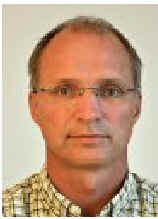
|
Prof.
Jakob
Mann
DTU
Wind Energy, Denmark
Academic
Profile: Prof.
Jakob Mann is Editor-in-Chief and founder of the
European Academy of Wind Energy (EAWE) journal Wind
Energy Science and won the EAWE Scientific Award in 2013 for
his work on atmospheric turbulence. He headed the New
European Wind Atlas, an EU project concerned with wind resources
and other relevant siting parameters for wind turbines. His main interests are flow and turbulence over
terrain and around wind turbines, and Doppler lidars. He is
currently Affiliate Scientist at National Center for Atmospheric
Research (NCAR) in Colorado, USA. Highest degree
earned: Ph.D. in Engineering from University of Aalborg, Denmark
in 1994.
See
also: https://scholar.google.no/citations?user=9LfQkZ4AAAAJ&hl=no&oi=ao
Keynote
Lecture
Title:
Turbulent
loads on wind turbines anticipated by forward-looking Doppler
lidars.
Abstract: Reducing loads on today’s wind
turbines with rotor diameters exceeding 200 m is important in
order to minimize the cost of the energy harvesting turbines. Doppler
lidars that measure the wind remotely are currently used to
assess wind resources and may be mounted on the wind turbine
nacelles to measure the wind direction and steer the turbine
into the wind or to measure power curve of the turbine. Current
research is investigating how to best use lidars to alleviate
loads by forestalling turbulent gusts. Both experiments and
modeling show that the more beam directions used by the
nacelle-mounted lidars the higher the coherence between the
lidar-derived wind and the wind seen by the turbine rotor. However, in normal cases, not much is
gained by going beyond four to six beams. In cases where the
inflow contains wakes from other turbines many more beam
directions may be necessary.
|

|
Professor Anatoly B. Zolotukhin
Gubkin
Russian State University (NRU) of Oil and Gas, Moscow, Russia
Northern Arctic Federal University, Arkhangelsk, Russia
University of Stavanger, Stavanger, Norway
Academic
Profile:
https://scholar.google.no/citations?user=LaX7PAEAAAAJ&hl=en
Keynote Lecture
Title: Innovation
technologies in offshore field development with the emphasis on
the Arctic
Abstract: Development
of oil and gas fields located on the Arctic shelf is
characterized by complex natural and climatic conditions, an
incomplete and heterogeneous database, large investments, high
economic, environmental and operational risks. All this
should be thoroughly evaluated and must be taken into account
when deciding on the development of the field and the choice of
concept.
Several
modern approaches in development of hydrocarbon resources are
considered in the presentation. Those include exploration
potential and challenges in arctic waters, innovations in
drilling, reservoir and production engineering, transportation
of hydrocarbons, smart well concept deployment, evaluation of
technical accessibility of the northern seas and a
multi-criteria evaluation of the effectiveness of field
development concept. Important issues and challenges of machine
learning and specialist training are also discussed in the
presentation.
|

|
Professor
Hojjat
Adeli
The
Ohio State University
, USA
Academic
Profile:
Hojjat
Adeli received his Ph.D. from Stanford University in 1976 at
the age of 26. He is currently an Academy Professor at The Ohio
State University where he held the Abba G. Lichtenstein
Professorship for ten years. He is the Editor-in-Chief of the
international journals Computer-Aided
Civil and Infrastructure Engineering which he founded in
1986 and Integrated
Computer-Aided Engineering which he founded in 1993. He has
also served as the Editor-in-Chief of the International
Journal of Neural Systems since 2005. He has been an
Honorary Editor, Advisory Editor, or member of the Editorial
Board of 144 research journals. He has authored over 600
research and scientific publications in various fields of
computer science, engineering, applied mathematics, and
medicine, including 16 ground-breaking high-technology books. He
is the recipient of over sixty awards and honors including three
Honorary Doctorates from Lithuania, Spain, and Italy, and
Honorary Professorship at several Asian and European
Universities. In 2005, he was elected Distinguished Member,
American Society of Civil Engineers (ASCE): "for
wide-ranging, exceptional, and pioneering contributions to
computing in civil engineering
and
extraordinary leadership in advancing the use of computing and
information
technologies in many engineering disciplines throughout the
world.” He is a member of Academia Europaea, a
corresponding member of the Spanish Royal Academy of
Engineering, a foreign member of Lithuanian Academy of Sciences
and Polish Academy of Science, and a Fellow of AAAS, IEEE,
AIMBE, and American Neurological Association. He was profiled as
an Engineering Legend in the journal Leadership and Management
in Engineering, ASCE, April 2010, by a noted biographer of
legendary engineers
Keynote Lecture
Title: Advances
in Structural Health Monitoring
Abstract: Structural
Health Monitoring (SHM) has been at the forefront of structural
engineering research in the past two decades. Together with
active/semi-active vibration control technology, they make the
smart structure technology. SHM approaches can be divided into
vibration-based and imaging-based techniques, the latter using
machine vision technology. For vibration-based SHM, the author
has advanced a multi-paradigm approach through adroit
integration of a signal processing technique, chaos and
fractality analysis, and machine learning (ML) techniques. ML is
a key and increasingly pervasive technology in the 21st century.
It is going to impact the way people live and work in a
significant way. Machine learning algorithms developed by the
author and his associates are briefly described with
applications for health monitoring of structures. Models are
presented for locating, detecting, and quantifying damage in
smart highrise building structures.
|
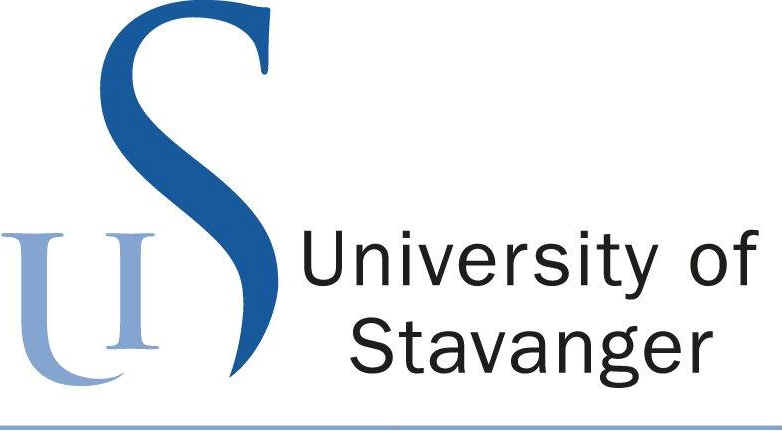


|